THE PLUS RHINOPLASTY IN KOREA
Bulbous Nose Rhinoplasty in Korea


RHINOPLASTY FOR
Bulbous Nose
the plus rhinoplasty in Korea
Bulbous Nose Surgery
What is a Bulbous Nose?
In Korea, a nose with a large and blunt tip is referred to by various terms, such as a blunt nose, bulbous nose, fist nose, bulbous tip, or box-shaped tip. Specifically, a bulbous nose is defined as a nose where the ratio of the width of the nose tip (tip lobular mass width) to the width of the nostrils (alar base width) is 60% or more.
Types of Bulbous Nose Surgery
Most correction methods for a bulbous tip have been introduced as surgical methods using well-developed alar cartilage seen in Westerners, such as cartilage resection and reduction, graft and suture technique etc. However, in Asians, where the development of alar cartilage is poor and the cause of the blunt nose tip is due to thick nose skin, manipulation of the alar cartilage alone often yields disappointing results.
Techniques for Correcting a Bulbous Tip in Western Populations:
- Cartilage Resection and Reduction: This method involves removing a portion of the alar cartilage, which forms the nasal tip, to reduce its size and improve definition. The goal is to create a more refined and less bulbous appearance by strategically removing and reshaping the cartilage.
- Graft Technique: Cartilage grafts are often used to enhance the structural support of the nasal tip. Cartilage for grafts can be harvested from the patient’s septum, ear, or rib. These grafts can be precisely placed to reshape and refine the nasal tip, providing better support and improved aesthetics.
- Suture Technique: Suture techniques involve stitching the nasal cartilages together to alter their shape and position. This can help to narrow the tip, increase projection, and improve overall definition. Specific sutures can be used to pinch and shape the cartilage, reducing bulbosity.
Techniques for Correcting a Bulbous Tip in Asian Populations:
In Asians, the challenges include underdeveloped alar cartilage and thicker skin at the nasal tip, which require different approaches:
- Cartilage Augmentation: Instead of substantial resection, cartilage may need to be augmented to provide the necessary structure for tip refinement. This may involve using grafts to strengthen and reshape the nasal tip.
- Tip Plasty with Grafting: Since Asian patients generally have poorer alar cartilage development, grafting methods such as the use of septal, ear, or rib cartilage are essential. These grafts help add structure and support, allowing for a more refined tip despite the thick skin overlay.
- Skin and Soft Tissue Management: For thick nasal skin, additional techniques may be necessary to reduce the thickness or tighten the soft tissue envelope. This can include thinning the skin or using specialized suturing techniques to achieve a more defined contour.
- Composite Grafting: This involves both augmentation and reshaping techniques. For example, cartilage grafts can be used in combination with sutures to reshape the nasal tip while also providing additional support.
Cases Requiring Bulbous Nose Surgery
1. When the nose is blunt and only the nose is visible on the face.
2. When the nose is blunt and the proportion of the nose is not right.
3. When the width of the nose tip is relatively wide compared to the width of the nose.
Changes After Bulbous Nose Surgery
Case A: 42-year-old female patient with thin skin and loose fascia.
Correction was achieved using medial and lateral crus resection, trans and interdomal suture, lateral crural spanning suture etc.
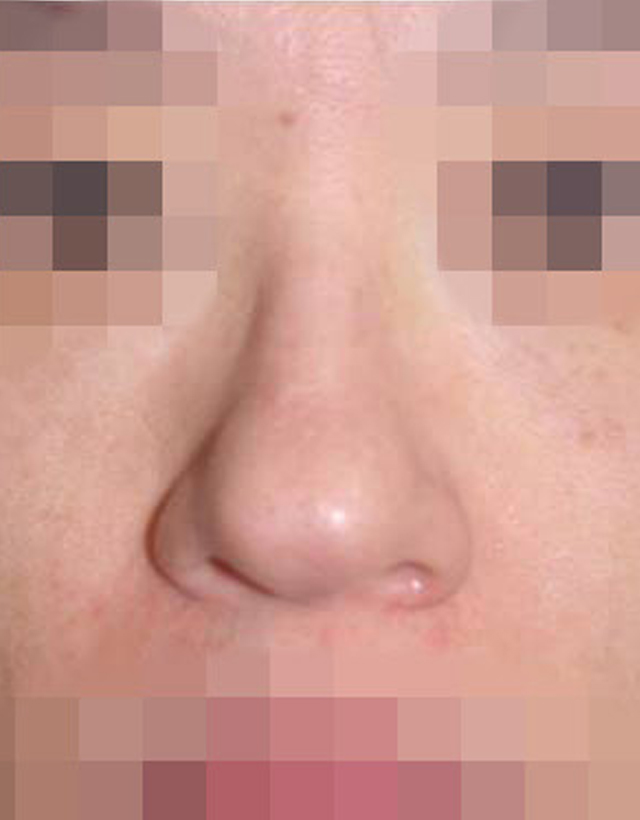
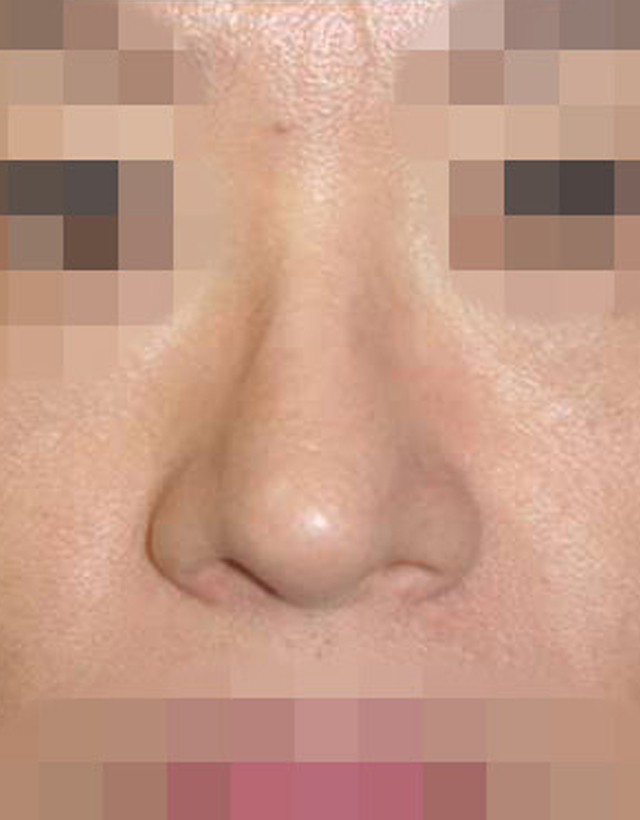
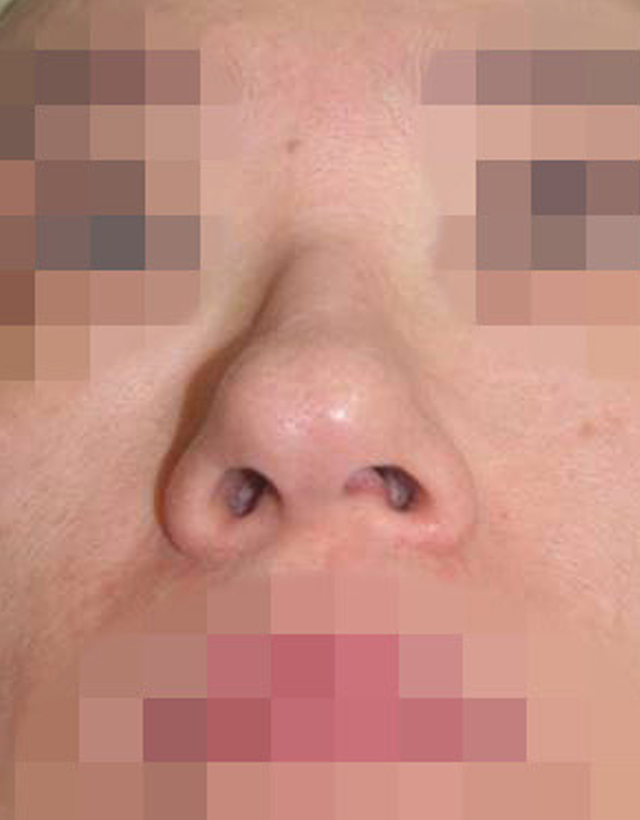
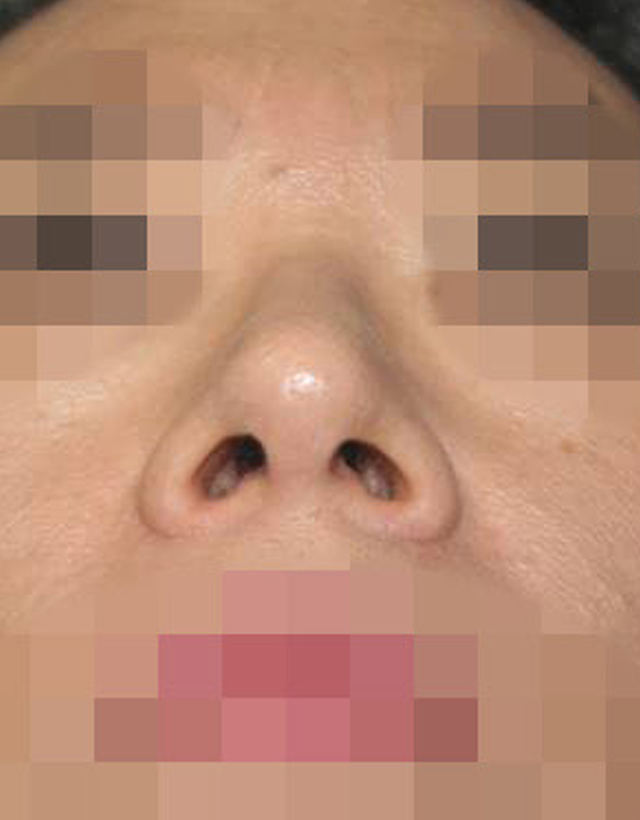
Case B: 25-year-old female patient with thick skin and loose fascia.
Correction was achieved using cartilage manipulation, enbloc SMASectomy, and additional defatting.
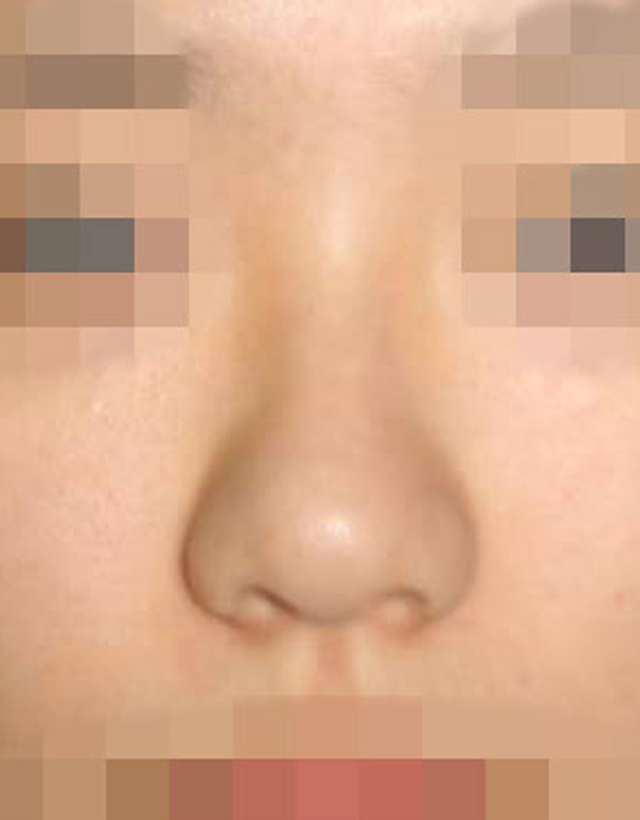
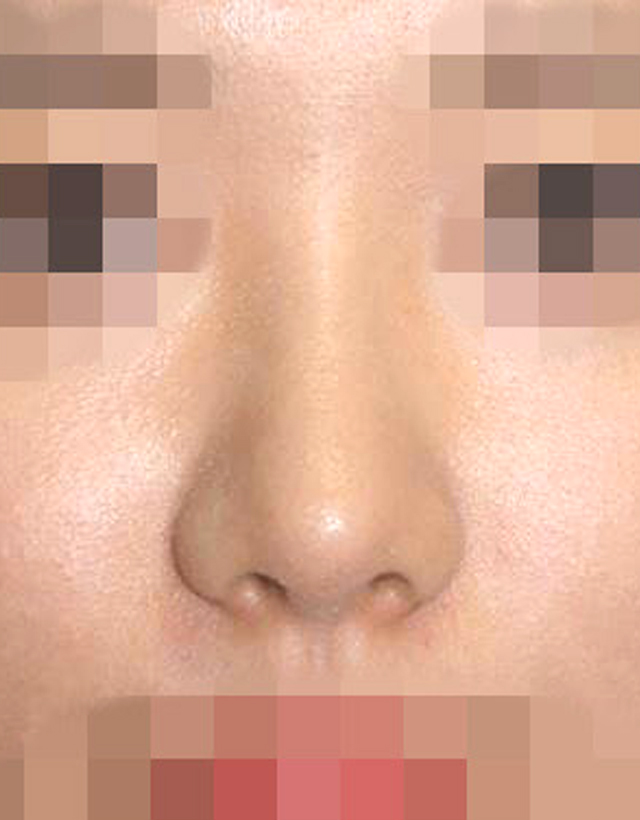
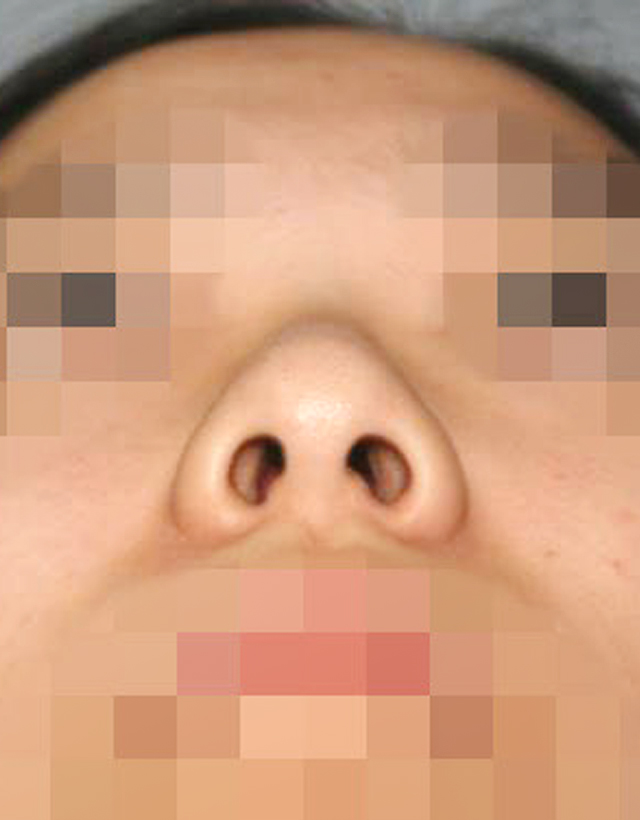
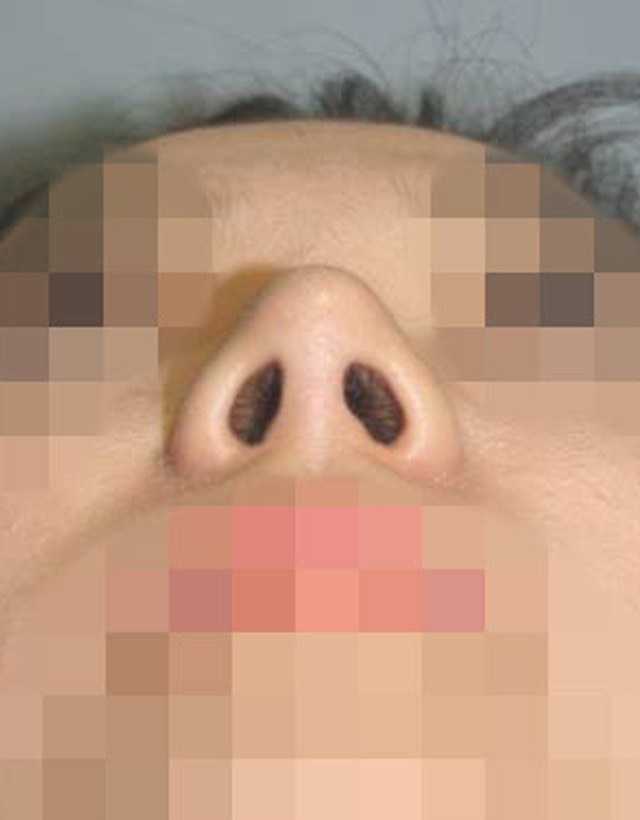
Case C: 22-year-old female patient with thick skin and dense fascia.
Correction was achieved using cartilage manipulation and enbloc SMASectomy. Post-operative care included triamcinolone injections at 3 and 6 months.
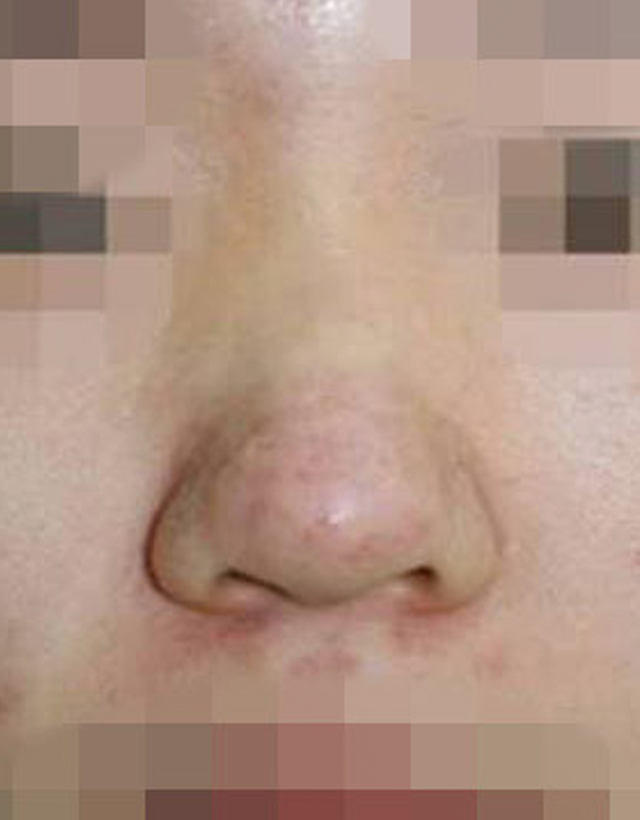
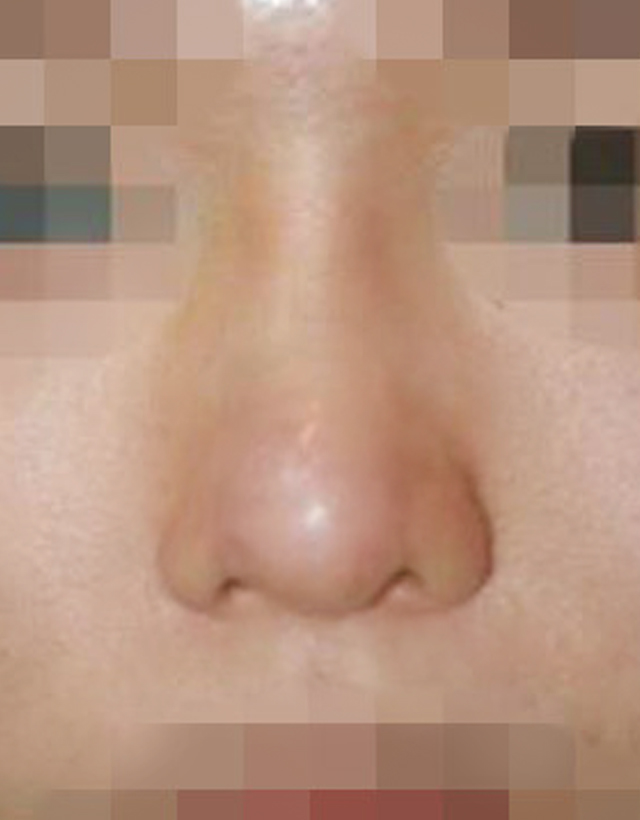
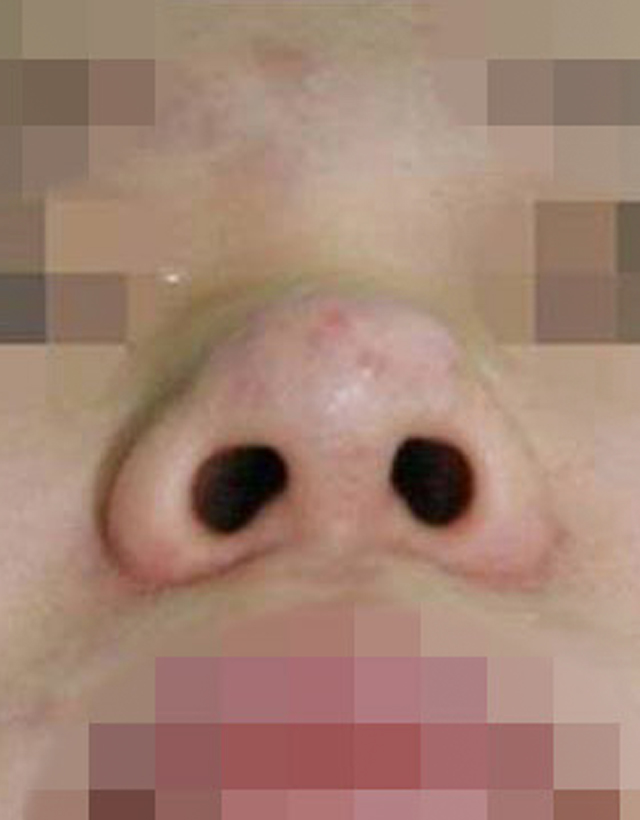
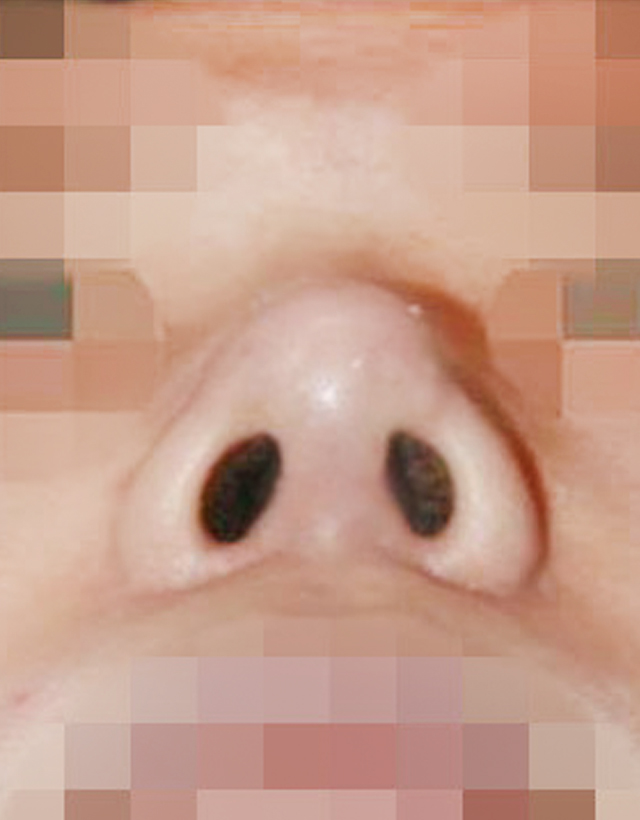
Frequently Asked Questions
What is the procedure for bulbous nose surgery at THE PLUS PS in Gangnam?
Bulbous nose surgery at THE PLUS Plastic Surgery involves specialized techniques tailored to address common characteristics seen in Asian populations, such as underdeveloped alar cartilage and thicker skin. Procedures may include cartilage manipulation, enbloc SMASectomy, and additional defatting, with the potential use of medial and lateral crus resection, depending on individual patient needs.
How does THE PLUS PS tailor bulbous nose surgery for Asians with thick nasal skin?
For Asian patients with thick nasal skin, THE PLUS PS utilizes advanced techniques such as enbloc SMASectomy and strategic cartilage manipulation to reshape the nose, providing a balanced and refined appearance. Post-operative care, including triamcinolone injections, is employed to support optimal healing and refinement of results.
What are the considerations for post-operative care following bulbous nose surgery?
Post-operative care at THE PLUS PS is critical for successful healing and includes follow-up appointments where triamcinolone injections may be administered at 3 and 6 months to manage swelling and optimize surgical results. The care plan is tailored to the individual to support recovery and achieve desired outcomes.
